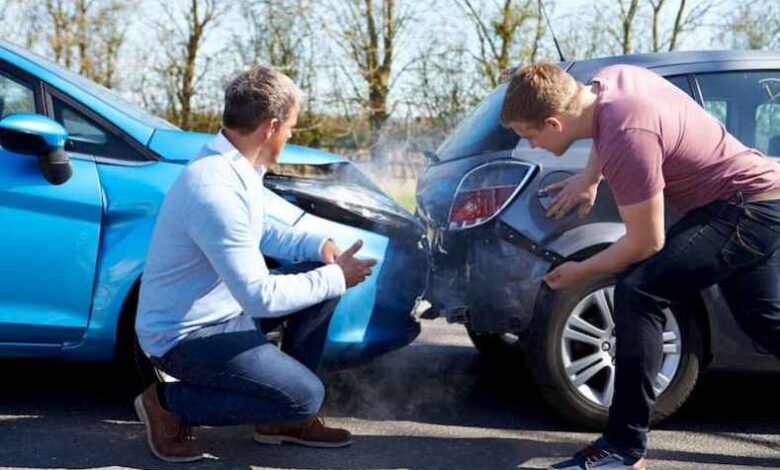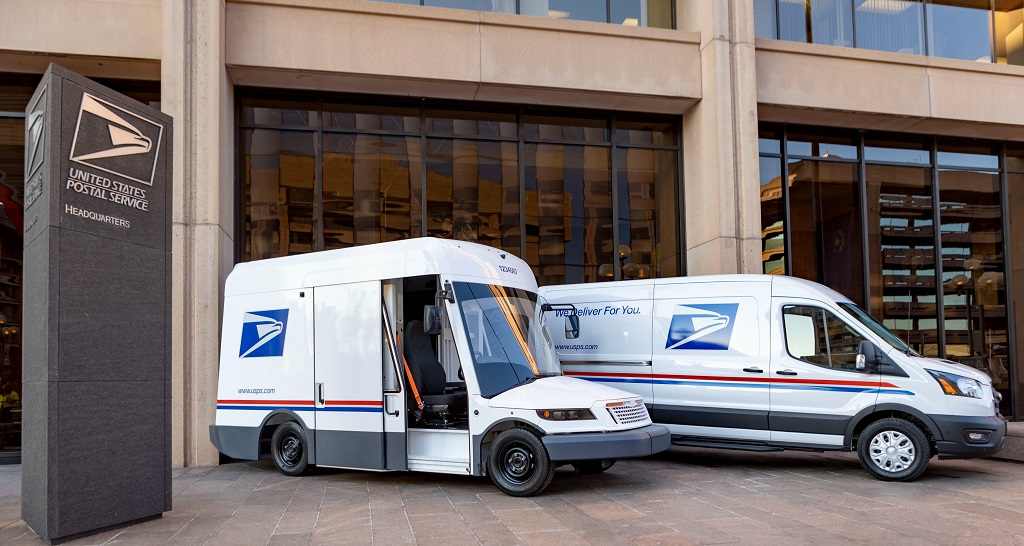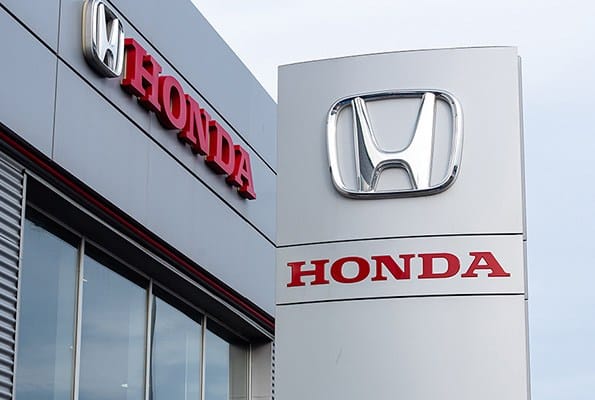
In the perplexing universe of collision protection, a typical inquiry emerges: who pays for car damage in a no-fault state? This question becomes essential when you end up in a minor collision in one of the few U.S. states that follow the no-fault protection framework.
Understanding this framework is fundamental, not only for inward feeling of harmony, yet in addition for monetary preparation and legitimate consistence. This article intends to demystify the no-fault protection idea, directing you through its complexities with a bit of humor and a lot of dependable data.
Picture this: you’re driving, staying out of other people’s affairs, and bam! Another car hits you. Your most memorable idea may be, “God help us, my car!” followed rapidly by, “Stand by, who will pay for this wreck?” In no-fault states, your insurance contract gets down to business. This framework is intended to lessen the number of claims, as each party manages their protection paying little heed to a fault. In any case, don’t begin celebrating presently; there are cutoff points to this inclusion.
Now, you may be pondering the particulars of your inclusion. This is where things get a touch more intricate. Your Physical Issue Security (PIP) inclusion is the hero in this story, covering clinical costs, lost compensation, and now and again, memorial service costs. In any case, with regards to car damage, that is ordinarily covered under crash inclusion, which, fair warning, is discretionary in many states.
Limitations and Deductibles: The Not-Really Fun Part
In this way, you have your protection prepared to cover the damages, yet wait just a minute! There’s something many refer to as a deductible. This is the sum you pay personally before your protection kicks in. It resembles the extra charge to a carnival; you can’t partake in the rides without paying it first. The higher your deductible, the lower your premium, yet it likewise implies more personal costs when you record a case. It’s a difficult exercise, truly.
And afterward, there are as far as possible. Consider them a roof on your insurance contract. Assuming the damages surpass these cutoff points, you could need to dive into your own pockets to cover the distinction. It resembles requesting a pizza yet just having the option to bear the cost of three cuts – not exactly fulfilling, correct?
Another wind in the plot is the no-fault framework’s limit on suing. In these states, you can’t sue the other driver except if your wounds are serious or the costs surpass a specific limit. This framework resembles a ref in a game, attempting to keep things all well and good, however, in some cases, it seems like you’re being sidelined unreasonably.
Choosing the Right Inclusion: A Vital Decision
Settling on the right protection inclusion in a no-fault state resembles picking the right outfit for an impromptu get-together – you need to be ready for anything. Of course, PIP and impact inclusion could set you back more, yet they’re similar to having an umbrella in a rainstorm; you’ll be grateful when you want them.
It’s fundamental to figure out the inclusions and pick them admirably. PIP is required in no-fault states, yet impact inclusion isn’t. Nonetheless, on the off chance that you skirt on crash inclusion to save a few bucks, you could wind up in a predicament if your car gets damaged. It resembles skipping breakfast to save time, just to wind up ravenous and cantankerous.
Furthermore, remember about extensive inclusion. The uncelebrated yet truly great individual covers damage from burglary, defacement, and cataclysmic events. It resembles having a familiar object; you trust you won’t ever require it, yet having it in the event is soothing.
A Particular Interpretation of No-Fault States and Car Damage
Here’s a fun thought: Envision the event that managing car damage in a no-fault state resembled a game show. You turn the wheel (recording a case), and on second thought of winning a tropical excursion, you get your car fix costs covered. Sounds less upsetting, isn’t that so? In any case, here’s the kicker: very much like in a game show, there are rules and shocks. Deductibles, inclusion restrictions, and picking the right protection resemble the precarious inquiries you need to accurately reply.
While no one loves managing car crashes and protection claims, understanding who pays for car damage in a no-fault state can make the cycle a piece less overwhelming. Simply recollect, in the realm of car protection, it’s smarter to be over-ready than underprepared. In this way, lock in, pick your inclusion carefully, and drive protected out there!




